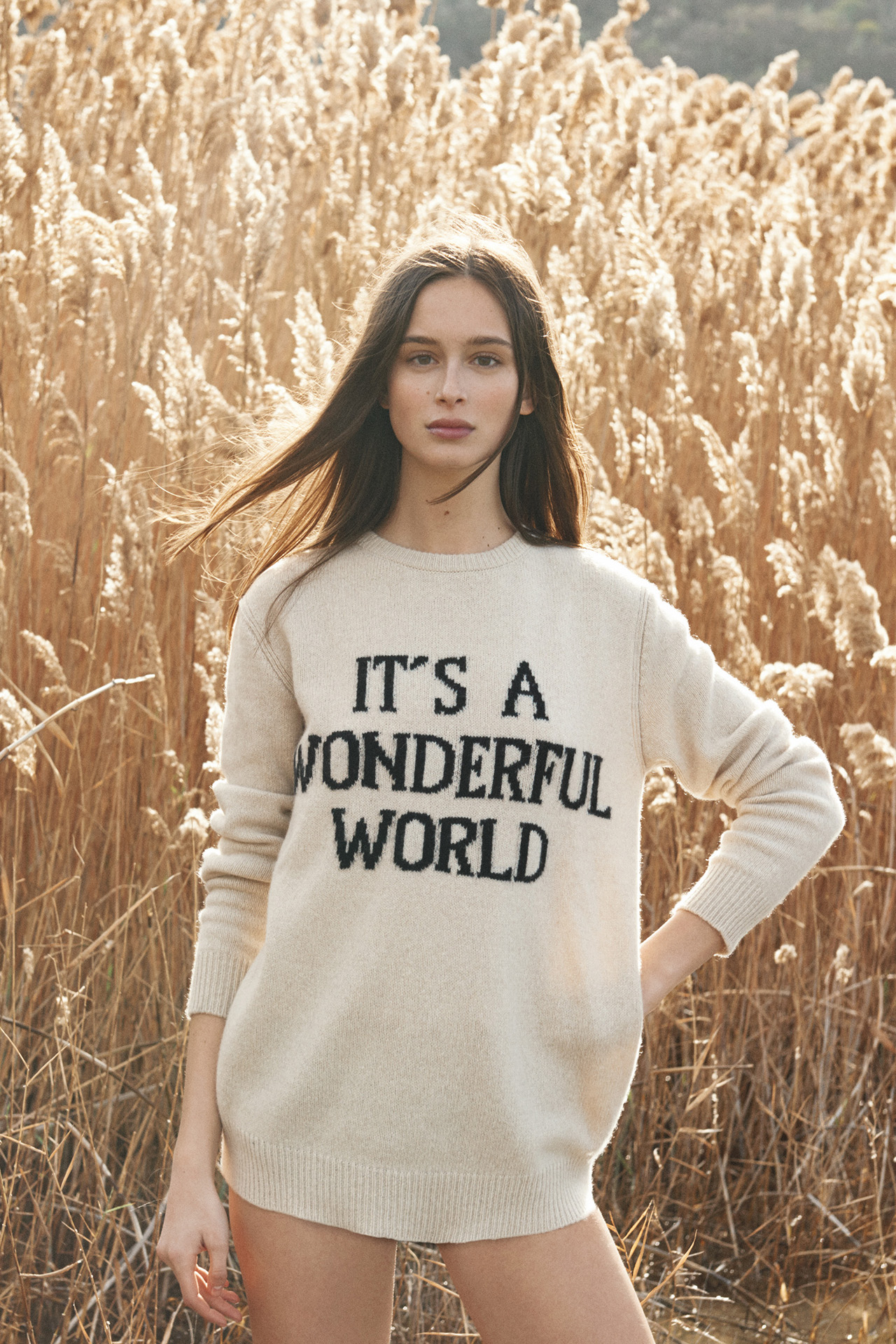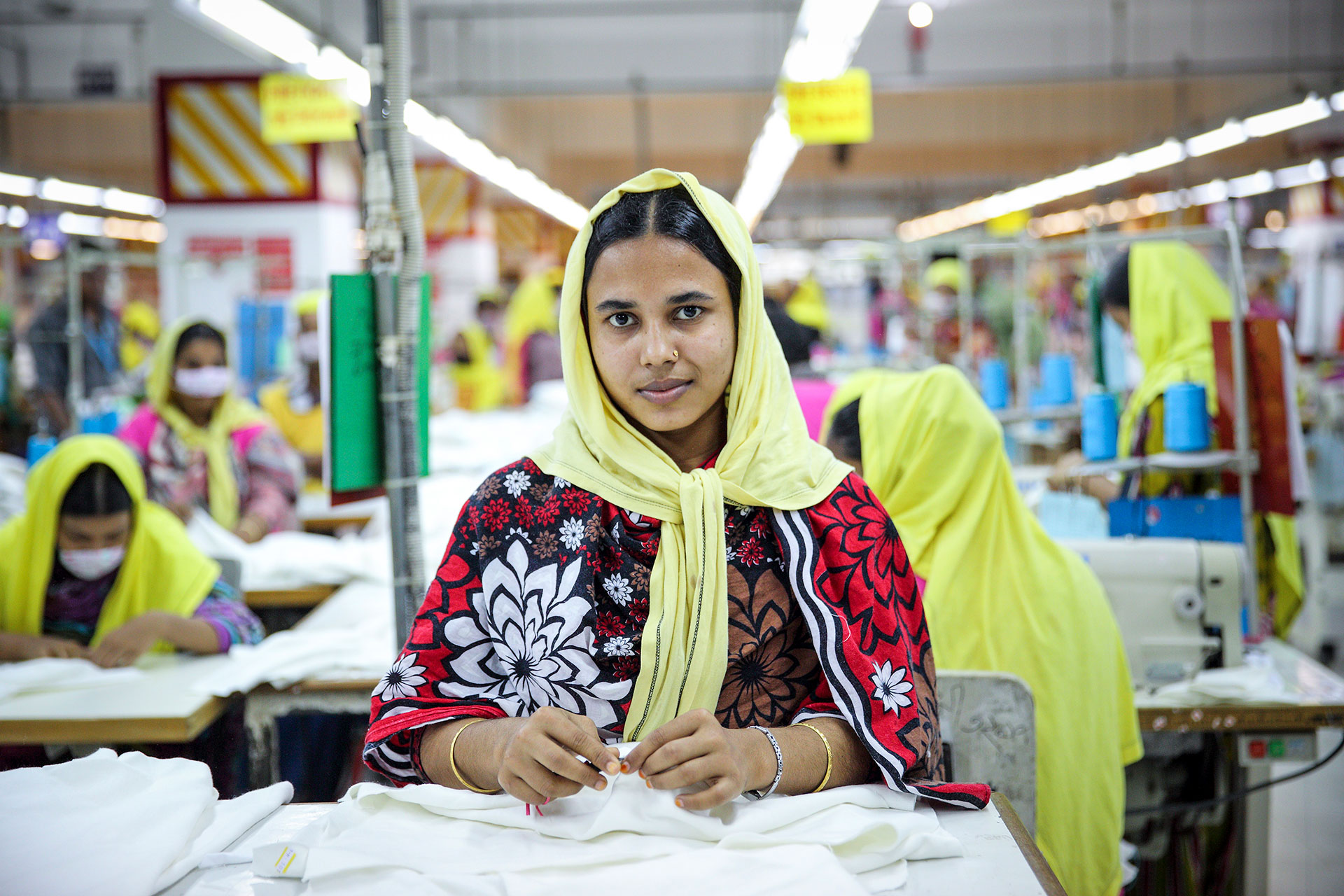What exactly does it mean to buy more ethically and sustainably, from a consumer perspective? The two terms are definitely buzz words at the moment, and their definitions closely interlinked. “They should be considered synonymous,” says Simone Cipriani, the head of the UN’s Ethical Fashion Initiative. “Ethical has to [mean] sustainable, socially and environmentally.”
Indeed, the damaging effects of the fashion industry are more openly discussed and acknowledged today than ever before. A 2016 report found that of the 100 billion garments produced annually, three-fifths end up in landfill or incinerators within a year; while a recent study suggests the industry accounts for 8 per cent of all global CO2 emissions. The treatment of the labour force behind the production of our clothes also remains a huge issue; just last week fashion conglomerate PVH, owners of Calvin Klein and Tommy Hilfiger, said they will be investigating the alleged mistreatment of workers in supplier factories in Ethiopia.




Thankfully, brands are taking note and addressing issues surrounding ethics and sustainability, via collaborations—like Alberta Ferretti, who teamed up with Eco-Age’s Livia Firth to release a sustainable capsule collection in March—or, on a bigger scale, being more conscious and transparent about their practices and production. This month, H&M will become the first major high street retailer to list the names of the suppliers and factories—including number of workers in each factory—used to make every garment. They are also providing more detailed information on what materials are used and their sustainability credentials, plus a note that consumers can bring unwanted clothes or textiles into any store to be reworn, reused or recycled. “[It] enables customers to make more informed decisions about their purchases,” says Giorgina Waltier, H&M’s sustainability manager in the UK and Ireland. “[It also] puts pressure on other brands to act in a more sustainable way.”
Here, three industry experts share their top tips on how to become a more responsible shopper.
Question every purchase
Part of shopping sustainably is considering whether you need to buy anything at all. “Always question yourself,” says Harriet Vocking, Eco-Age’s chief brand officer, who advises a Marie Kondo-style approach to shopping. “What are you buying and why? What do you really need? Will you wear it at least 30 times?” Also consider if the item is long-lasting and recyclable, adds Cipriani: “Reduce and improve purchases where you can.”
Start with the basics
If you’re new to sustainable fashion, attempting to completely overhaul your shopping habits can be overwhelming. Sandra Capponi, co-founder of Good On You—an app that rates how ethical brands are based on the impact they have on people, the planet, and animals—suggests you begin with a more focused approach. “Basics—from underwear to jeans and T-shirts—are a good place to start; more and more brands are innovating in this space,” she says. “I love a basics brand in Australia called A.BCH, who think through every step of the process.” When it comes to which materials to buy, Made-By’s guide is a useful reference point, comparing the environmental impact of the most commonly used fibres in the garment industry. Organic linen and recycled cotton are among the best rated fabrics, while the worst include nylon, rayon and wool.
Look for transparency
As with everything, knowledge is key—but this requires transparency from brands on their entire production process, from suppliers to manufacturers. “If brands aren’t talking about [sustainability], chances are they’re not doing enough,” says Capponi. And if they’re not open with their practices? “Ask, ask, ask,” urges Cipriani. “All the brands use social media; get on their Instagram, be vocal.”



Don’t just think about the environment
For many, sustainability is about the planet and the environment, but “people often overlook labour,” says Cipriani. Shoppers should look for brands that are taking both social and environmental factors into account: good examples include the modern basics label Everlane, and outdoors specialists Patagonia, which look at both the working conditions of their staff as well as the use of new, sustainable materials.
Beware of false labels (like ‘luxury’ and ‘vegan’)
A hefty price tag does not an ethical purchase make. “People don’t think about sustainability as much in the context [of luxury brands] because they’re assuming it comes from a good place,” Capponi explains. “We need to demand the same of luxury brands as we do of high street brands.” ‘Vegan’(vegan leather or vegan faux fur) is another catch-all phrase often seen as inherently green, but that isn’t always the case. “Avoid blindly buying what is labelled as ‘vegan’,” Vocking says. “These products can be made from synthetic materials, which are incredibly damaging to the environment.” Opt for new natural leather alternatives, like Piñatex—made from pineapple waste—which are generally more eco-friendly.
Take care of what you already own
Shopping more sustainably doesn’t stop after you make a purchase. “Taking care of what you own is important. How are you washing your clothes; are you mending your clothes?” asks Capponi. “We just can’t continue this cycle of buying and throwing away.”





